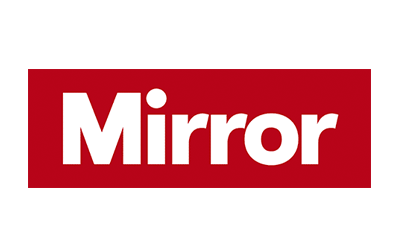In recent years, the popularity of non-surgical injectable treatments and their increasing versatility has led some to claim that the traditional nip and tuck facelift is on its way out. However, one of the big predictions for 2020 made by The Aesthetic Society, which represents more than 2,600 American aesthetic plastic surgeons, is the return of the facelift, as patients realise that the most effective, most natural and long-lasting facial rejuvenation treatment remains a well-performed facelift.
If you’ve been concerned about facial ageing changes and wish to fight the effects of gravity, you may have been considering either a dermal filler treatment or a facelift. Knowing the differences between the two can help you decide which is the best option for you.
Do I need dermal fillers or a facelift?
Facial ageing is the result of changes to skin quality and the deeper soft tissues of the face. Our skin is affected by natural ageing and a number of external factors, such as sun exposure and the constant movement of the facial expressions, and as a result over time it loses elasticity and skin tone. Loss of facial fat and laxity in the supporting ligaments causes sagging in the face and neck and the formation of jowls.
A facelift, known medically as a rhytidectomy, is invasive surgery aimed at reversing many of these signs of facial ageing. In particular, it can remove excess skin and reposition the deeper tissues in the face. There are a number of facelift procedures (including SMAS facelifts, deep plane facelifts, mid-facelift and facelift surgery for men) and techniques and our consultant plastic surgeons can also combine it with a neck lift or eyelid surgery for overall rejuvenation. After an examination at your consultation with Mr Karidis the most suitable procedure or combination procedures for your individual concerns would be discussed.
A good candidate for a facelift is a slightly older patient concerned about facial ageing, but whose skin will have retained some of its flexibility so it can ‘snap’ back to its new, youthful facial contours.
Dermal fillers are soft tissue fillers that are injected into the dermis to restore lost volume, smooth out wrinkles and enhance facial features. For younger patients, with mild to moderate ageing concerns, dermal fillers can be an ideal solution. Depending on where they are injected and the individual’s response, dermal fillers can last from six months to two years and it can also be a great option for patients that do not wish to undergo a surgical procedure at this point in time.
However, dermal filler results are not long-lasting so can mean more cost and commitment in the long-term. Also, for men and women with more advanced ageing concerns, dermal fillers might just not cut it.
Are dermal fillers safe?
The perceived safety of dermal fillers compared to a surgical procedure is what makes them highly attractive. However, it is important to realise that dermal fillers are not without risk and we’ve seen a worrying rise in complications as a result of inexperienced or unqualified practitioners wielding the needle.
Recently, the Sun launched their Had Our Fill campaign to demand the Government introduce better regulation of the cosmetic industry. Dermal fillers now account for nine out of ten procedures performed in the UK, but they are not deemed a medical device and therefore you do not need specific qualifications or training to buy or inject them.
There is also no legal age limit for dermal filler, so the Sun’s campaign calls for:
- Dermal fillers to be made illegal for under 18s
- Government-backed register for practitioners with accredited qualifications
- More regulation of how social media sites can advertise dermal fillers
Always check the experience and qualifications of the practitioner performing your dermal filler treatment – the risks can include infections, tissue death and even blindness.
Can I combine a facelift with dermal fillers?
Often, though, our plastic surgeons will combine dermal fillers with a facelift to produce the optimal result. Facial rejuvenation surgery can lift and tighten loose skin and facial tissues, complimented by dermal fillers which restore youthful fullness and softness. Rather like the icing on the cake!
For more advice on whether dermal fillers or a facelift is the best option for you, call 020 7432 8727 to arrange a consultation at Karidis Clinic. We also offer dermal facial fillers for Asian patients, which tends to focus specifically on the nasolabial lines.
















